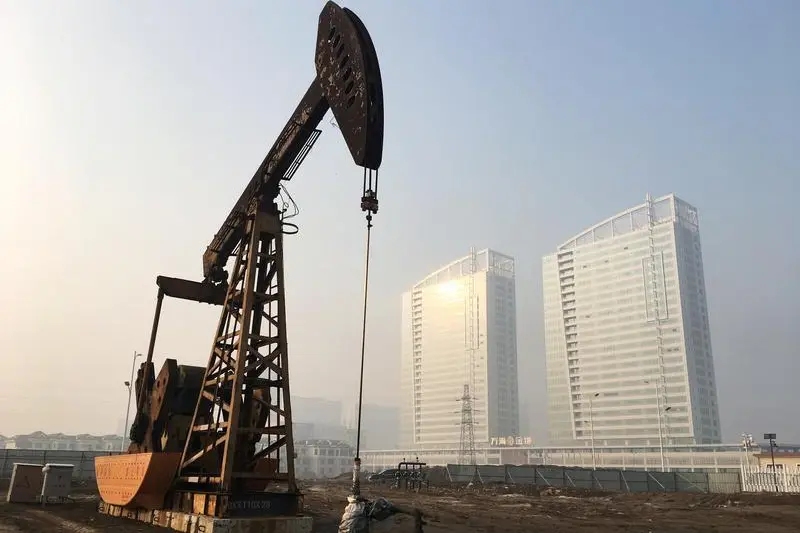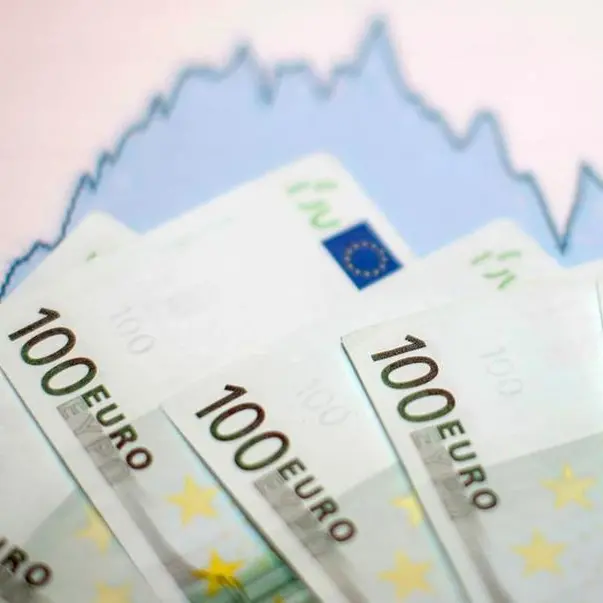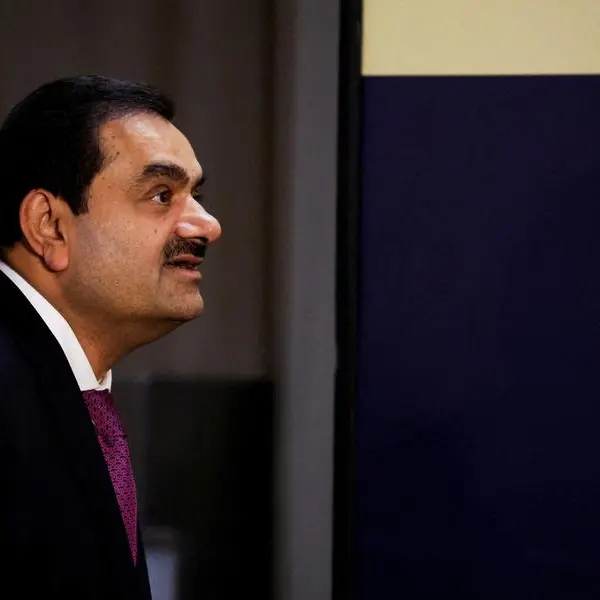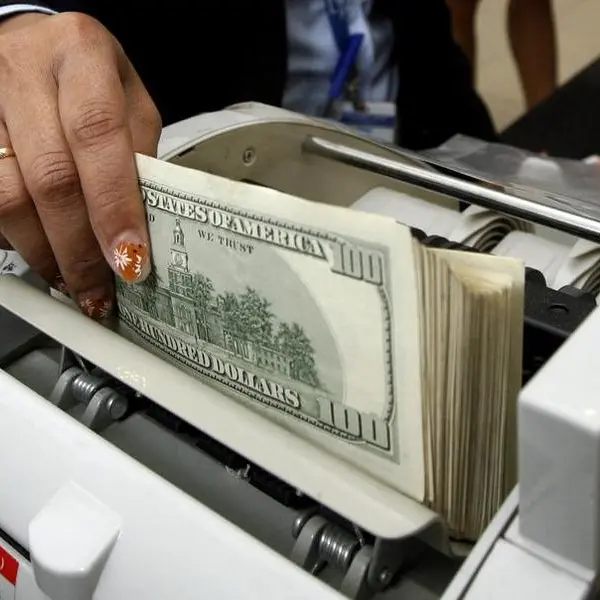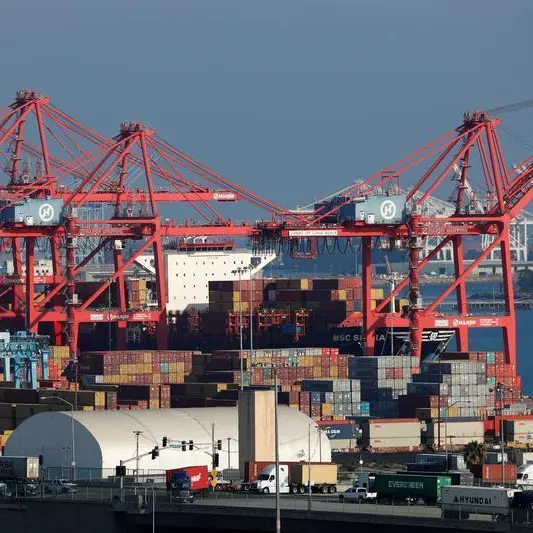PHOTO
(The opinions expressed here are those of the author, a columnist for Reuters.)
LAUNCESTON, Australia - Asia's imports of crude oil lifted in August from the two-year low in July as top-importing heavyweights China, India, South Korea and Japan brought in more barrels.
Total imports for August are expected to be 26.74 million barrels per day (bpd), up from July's 24.56 million bpd, according to data compiled by LSEG Oil Research.
While a 2.18 million bpd increase seems large, it's worth noting that July's imports were the weakest since the same month in 2022, and that the August total is still only the fifth-highest out of the eight months so far in 2024.
The recovery in August arrivals is largely due to a 1.05 million bpd increase in China, the world's biggest crude importer.
China's August imports are estimated by LSEG at 11.02 million bpd, up from July's official customs number of 9.97 million bpd, which was the lowest on a daily basis since September 2022.
China's refineries tend to increase crude purchases in the third quarter in order to build up stockpiles of refined products to meet peak winter demand.
However, August's imports are also likely to have been boosted by the lower global oil prices that prevailed when the cargoes would have been arranged.
Benchmark Brent futures were in a downtrend from the high so far of $92.18 a barrel on April 12, to a low of $76.76 on June 4, a time window that would have coincided with the purchase of cargoes for August delivery into Asia.
After the June low, crude prices rallied to a high of $87.95 a barrel by July 5, before softening again to end at $78.46 on Wednesday.
It remains to be seen whether the increase in prices in July will translate into weaker imports in September in the traditionally more price sensitive importers such as India and China.
India's August imports showed only a modest increase from July, with LSEG estimated Asia's second-biggest crude buyer, brought in 4.83 million bpd, up from July's 4.58 million bpd.
The monsoon season is likely to have curbed some appetite among India's refiners, and export-focused plants may also have been concerned about the soft regional demand for products such as gasoline and diesel.
South Korea, Asia's third-biggest oil importer, is forecast to land 2.84 million bpd in August, up from 2.65 million in July and 2.49 million in June.
Fourth-ranked Japan is expected to see imports of 2.39 million bpd in August, up 26% from July's 1.90 million bpd and the strongest month since April.
Both of these developed North Asian economies tend to increase imports in the third quarter in order to lift product inventories ahead of winter.
SAUDI SUPPLY GAIN
On the supply side, Saudi Arabia saw some recovery in August, with LSEG estimating Asia's imports from the world's biggest exporter were 4.89 million bpd, up from 4.60 million bpd in July and 4.63 million in June.
Demand for Saudi oil may have been boosted by Saudi Aramco's decision to lower its official selling prices (OSPs) for August-loading cargoes, with the premium for its benchmark Arab Light grade dropping 60 cents from July to $1.80 a barrel above Oman/Dubai quotes.
Asia's imports from Russia slipped to 3.60 million bpd in August from 3.71 million bpd in July and 4.19 million bpd in June, largely because India took fewer cargoes.
India's imports of Russian oil are estimated at 1.73 million bpd in August, down from 1.94 million in July, while arrivals from the United States rose to 360,000 bpd from 190,000 bpd in July.
This is likely a reflection of the discount of U.S. crudes such as West Texas Intermediate to those priced against Brent or against Middle East benchmarks such as Oman and Dubai.
Asia's total imports from the United States are expected to rise to 1.86 million bpd in August from 1.65 million bpd in July, making it the fifth-largest supplier of crude to the region behind Saudi Arabia, Russia, the United Arab Emirates and Iraq.
The opinions expressed here are those of the author, a columnist for Reuters.
(Editing by Lincoln Feast.)
